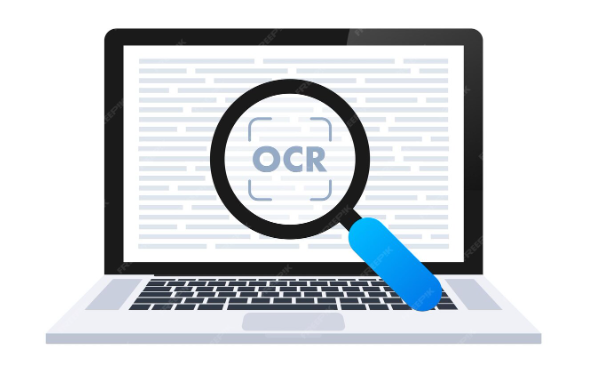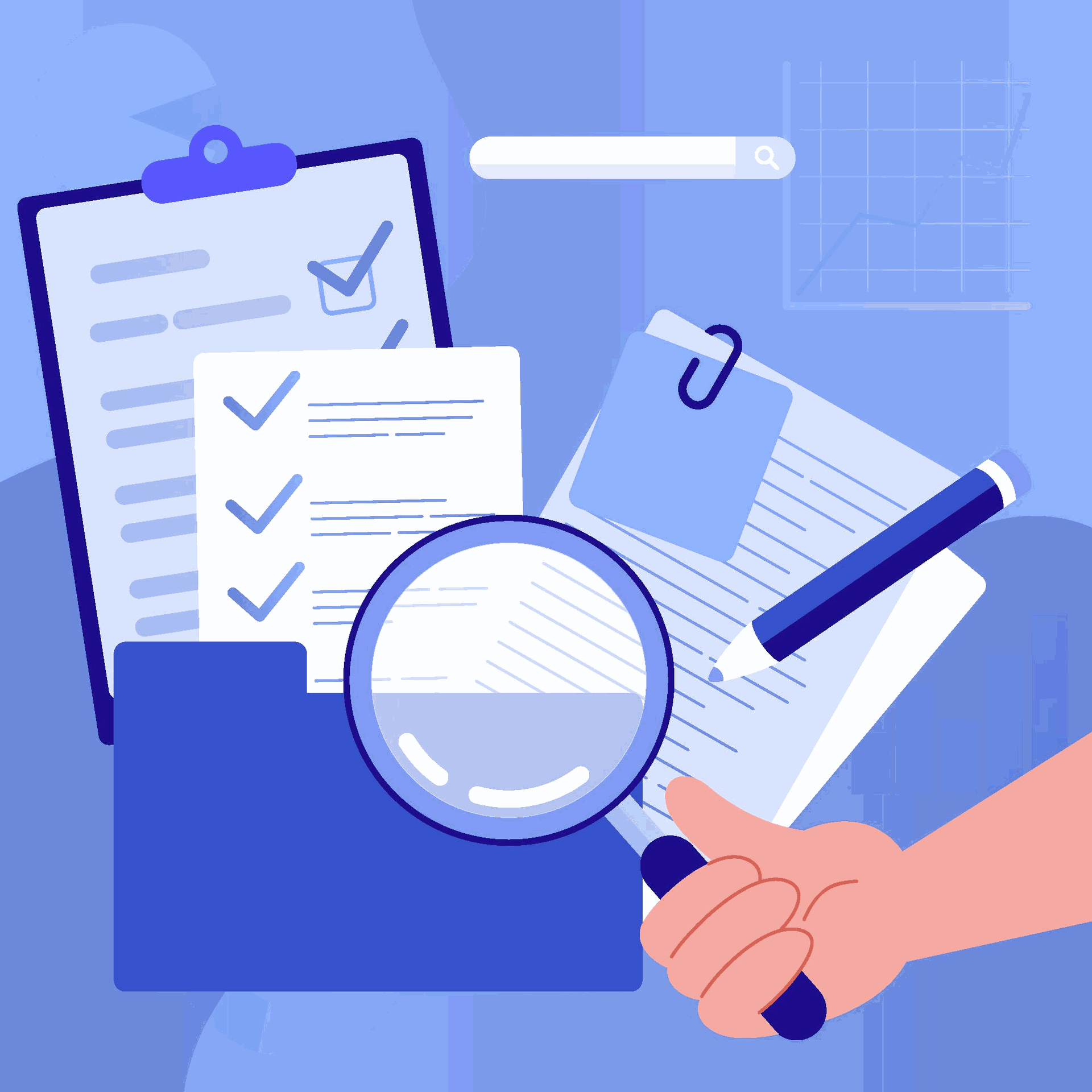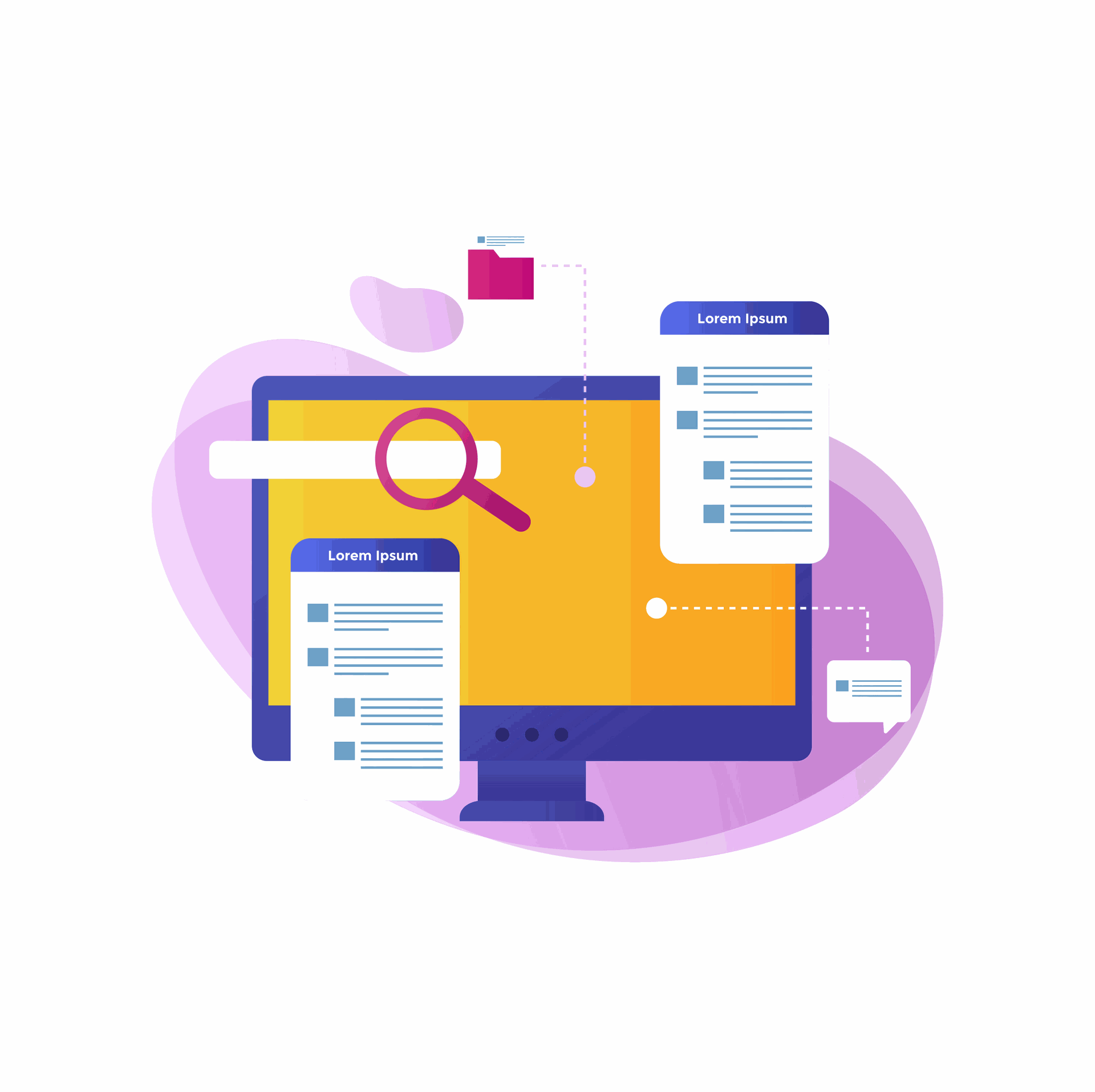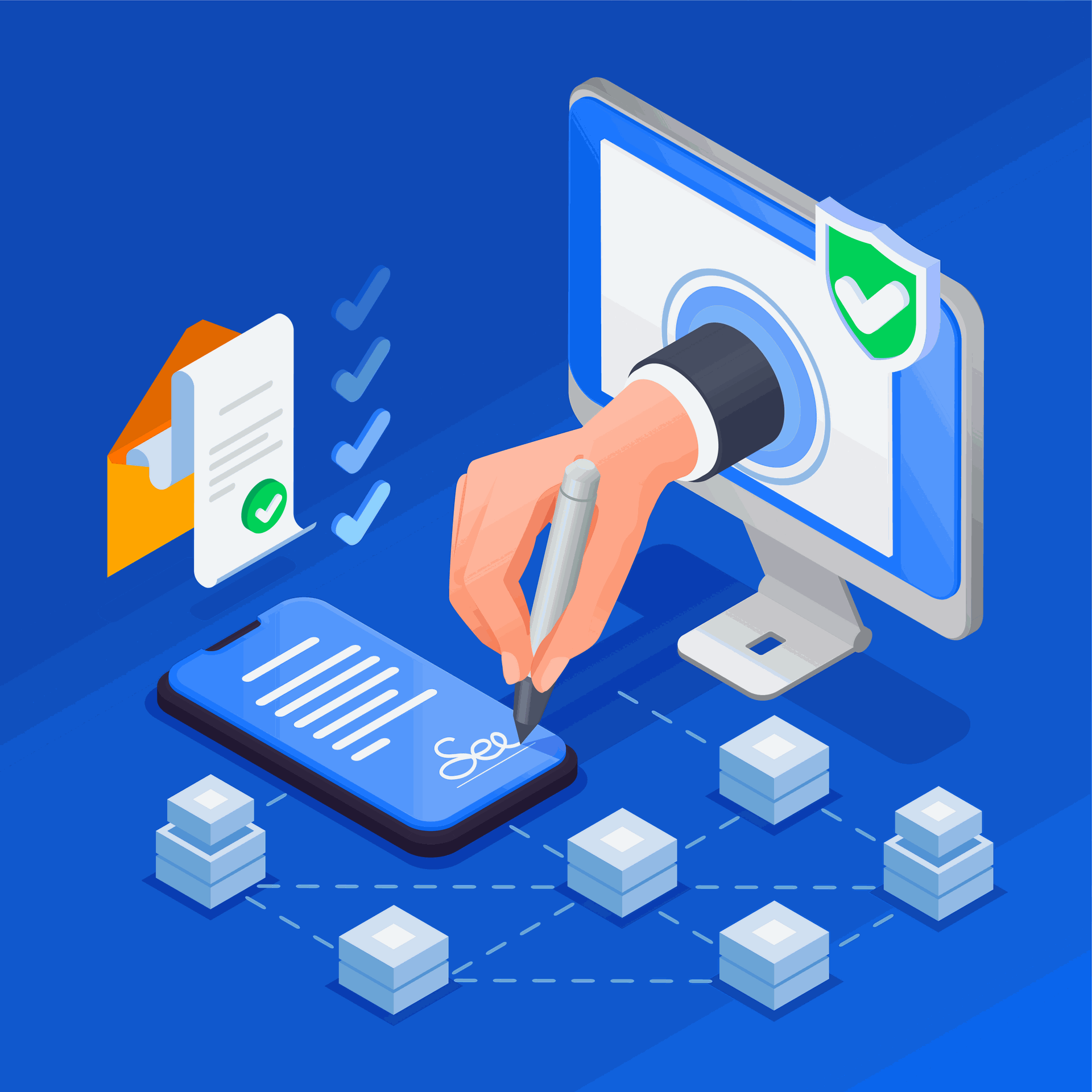In the logistics and freight forwarding industry, manually processing numerous booking files from various carriers is often time-consuming and prone to errors. Recognizing this challenge, SotaFMS has integrated the AI OCR feature. This optical character recognition technology enables the system to automatically read, extract, and synchronize essential information from booking files.
This new capability not only helps businesses minimize data entry errors but also enhances operational efficiency, reduces document processing time, and optimizes the entire logistics management workflow. This marks a crucial step forward in applying AI to digitize and automate logistics and freight management operations.
1. What is OCR in Logistics?

OCR (Optical Character Recognition) is a technology that allows computer systems to "read" text from printed documents, images, or PDF files and convert them into digital data that can be edited, searched, and stored.
In the logistics sector, OCR is particularly valuable for processing complex documentation such as: ocean freight bookings, bills of lading, commercial invoices, and packing lists. Instead of manually entering every number and line of text, OCR enables businesses to automatically extract information and directly integrate it into management systems (such as SotaFMS). This not only saves significant time but also minimizes the risk of human error.
2. Common issues with traditional booking file processing

Time-consuming data entry
- Staff must open each booking file from the carrier, manually read the details, and enter them into the system.
- With a large volume of daily bookings, the workload becomes immense and often overwhelming.
High risk of error
- Vulnerability to typographical errors, incorrect container numbers, miskeyed schedules, or customer information mistakes.
- Even minor errors can lead to significant complications in shipping, transportation, and delivery operations.
Difficulty in search and reconciliation
- When old information needs to be verified or cross-referenced, employees have to open numerous files and manually check each one.
- This process is both time-intensive and does not guarantee data accuracy.
High operational costs
- Due to the requirement for a large workforce for data input and cross-checking.
- Printing and physical document storage also contribute to increased overhead.
Impact on overall efficiency
- Manual steps prolong the workflow and processing time.
- Reduces the ability to ensure quick turnaround in the fast-paced, high-speed logistics environment.
3. The SotaFMS OCR Solution

Understanding the difficulties inherent in traditional document processing, SotaFMS has developed and integrated AI OCR (Optical Character Recognition) technology directly into its logistics management system.
With this solution, booking files from various shipping carriers are automatically read, analyzed, and data is extracted. Critical information such as booking numbers, vessel names, schedules, ports of origin and destination, and other related details are accurately recognized by the system and immediately synchronized into the Job within SotaFMS.
Notably, SotaFMS’s AI OCR has the capability to process a diverse range of booking file templates with different formats, even when the file quality is less than perfect. This represents a significant advancement that helps logistics businesses save time, enhance productivity, and minimize data entry errors.
4. The benefits of AI OCR on Sota FMS

Automated booking information entry directly into the Job
Previously, staff had to open each booking file, manually read the critical information (booking number, vessel schedule, port of loading/discharge, customer name, etc.), and enter it into the system. This process was time-consuming and prone to errors. With AI OCR, the system automatically scans the file, extracts the vital data, and inputs it directly into the Job within SotaFMS. Users only need to review and confirm the data, accelerating the workflow and significantly reducing data entry mistakes.
Support for diverse booking templates from multiple carriers
In reality, every shipping line utilizes a different booking template in terms of layout and data presentation. Moreover, a single carrier may even have multiple file versions. The AI OCR feature is designed to effortlessly recognize various file types, even with inconsistent layouts or image noise. This flexibility assures users that the system is not rigidly "locked in" by a single template, allowing for reliable operation across the industry.
Up to 70% reduction in manual data entry time
Before, a documentation clerk could spend several minutes, sometimes up to tens of minutes, just to input information from one booking. Processing hundreds of files daily translates into a massive workload. With AI OCR, processing time is drastically shortened as the system automates nearly the entire entry process. The 70% time reduction does not just represent savings; it boosts the enterprise's productivity and capacity to handle a higher volume of orders simultaneously.
Optimized personnel costs for the business
Logistics companies typically maintain a relatively large data entry team to ensure timely processing. While personnel costs are high, efficiency is often not fully optimized. By automating the bulk of the work, AI OCR allows businesses to reduce the number of dedicated data entry staff. Resources can instead be reallocated to higher-value tasks such as customer care, service development, or market expansion. This approach lowers operational costs while simultaneously enhancing overall effectiveness.
5. Conclusion
In an industry increasingly demanding speed, accuracy, and digital capabilities, the application of AI OCR technology within SotaFMS is the optimal solution for businesses to enhance operational efficiency. With its ability to automatically read booking files, process diverse templates from multiple carriers, reduce data entry time by up to 70%, and optimize personnel costs, AI OCR not only conserves resources but also paves a new path toward sustainable development. Contact us to receive free documentation and consultation on the latest technological solutions.